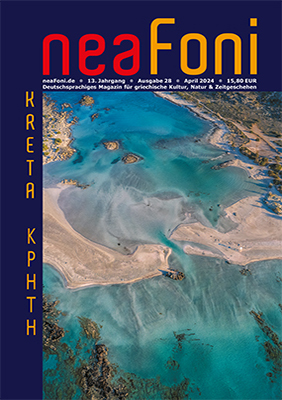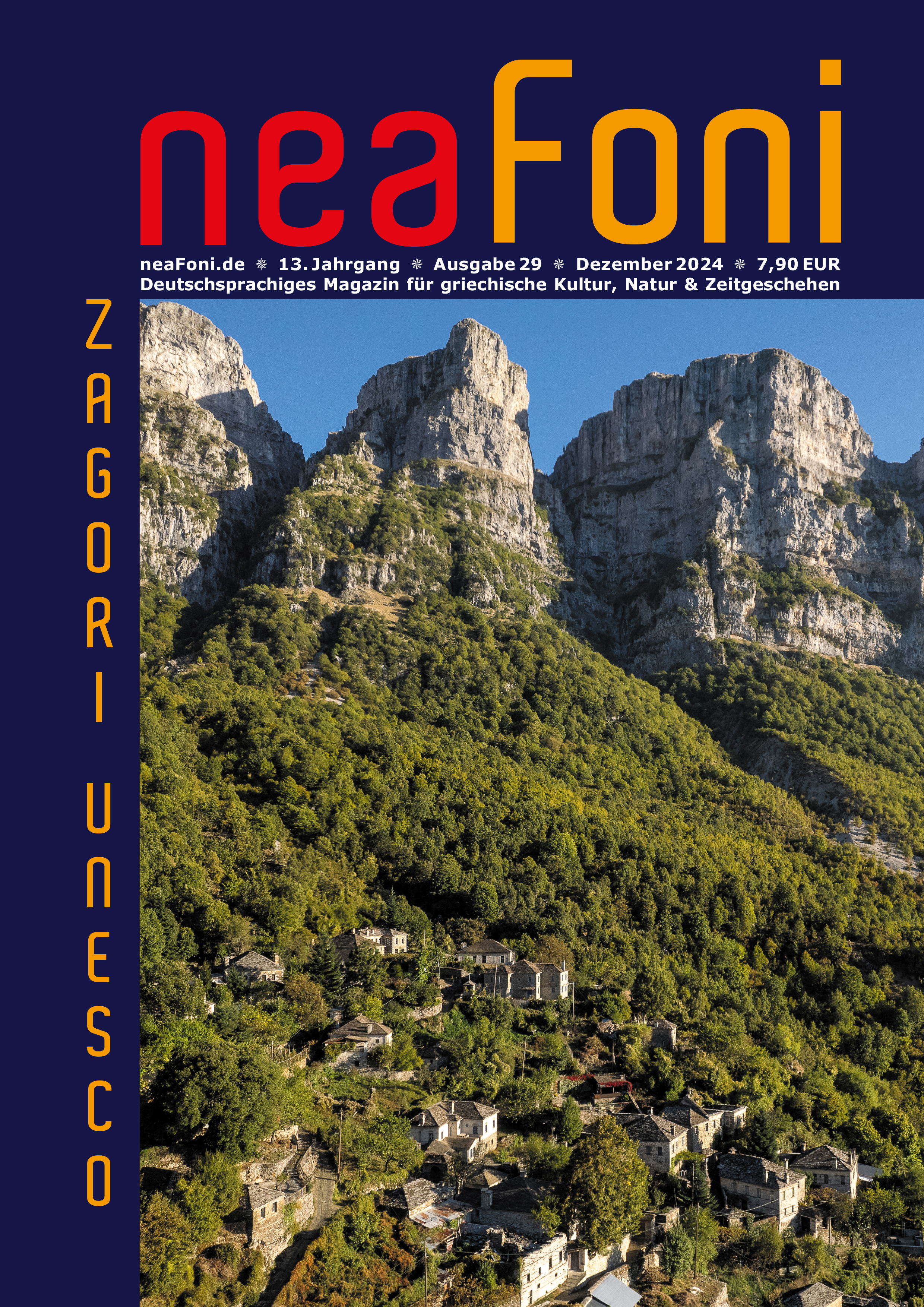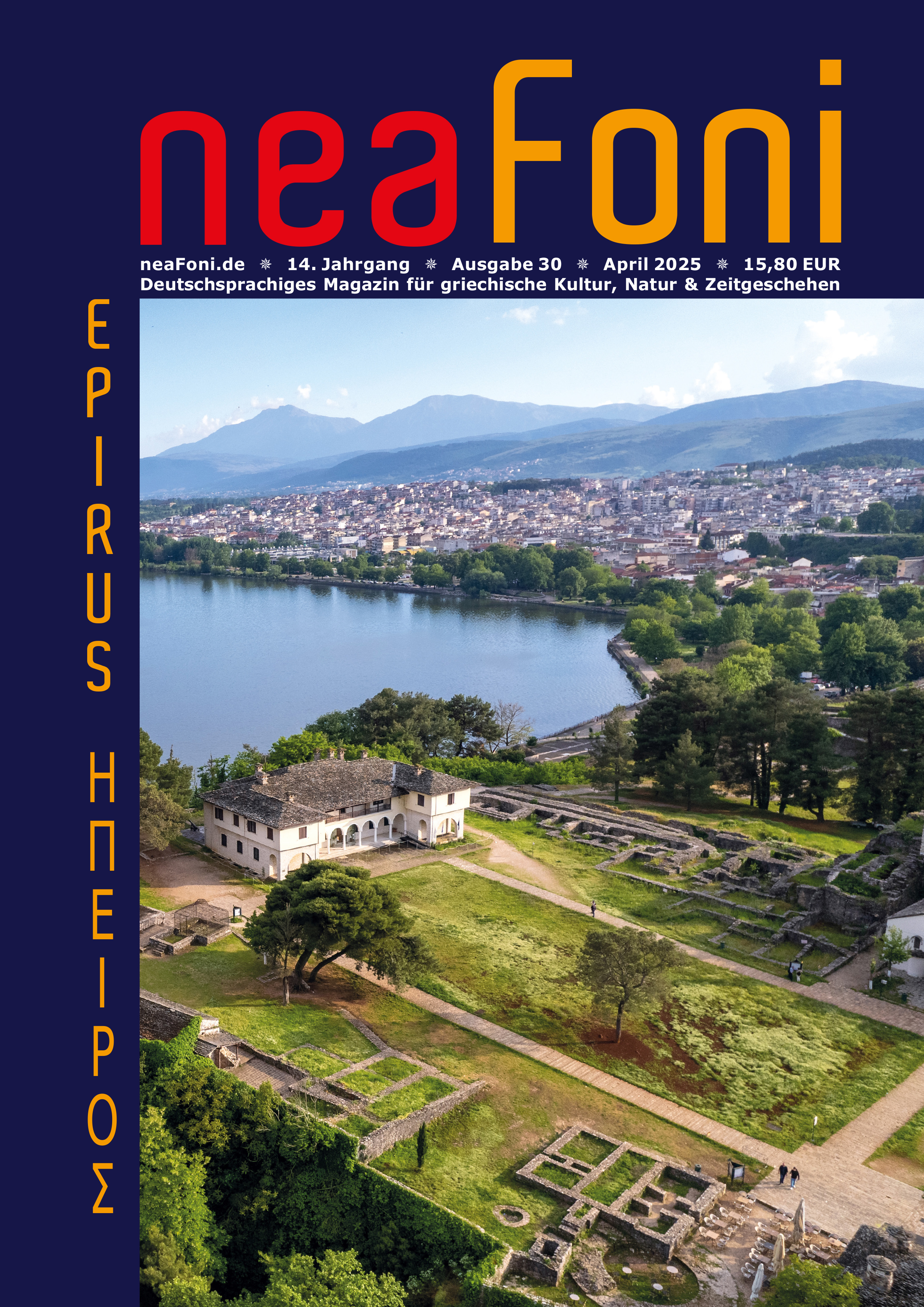Archäologische Museen
91 Wörter 1 Minute 602 × gelesen
Ausgrabungen
309 Wörter 1 Minute 1.270 × gelesen
Drohne / EPIRUS
100 Wörter 1 Minute 2.231 × gelesen
Drohne / INSELN, SEEN/LAGUNEN
102 Wörter 1 Minute 2.397 × gelesen
Festland - Epirus
971 Wörter 3 Minuten 24.084 × gelesen
Kirchen & Klöster
934 Wörter 3 Minuten 744 × gelesen
Museen
100 Wörter 1 Minute 512 × gelesen
7 Artikel gefunden in 7 Artikelgruppen
47 Bilder gefunden




